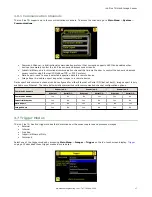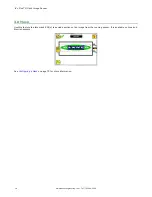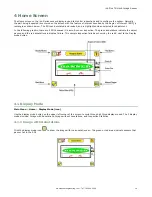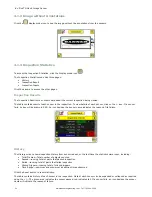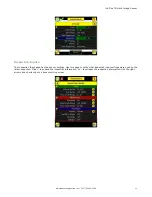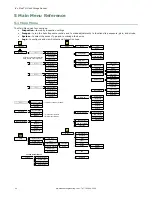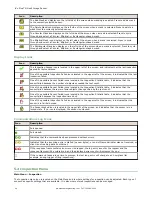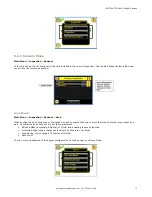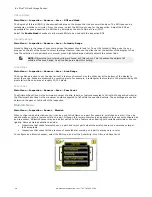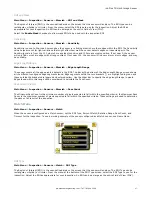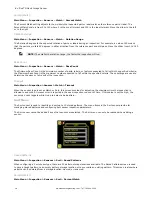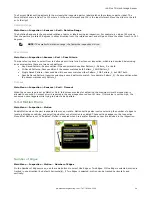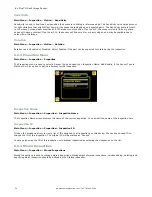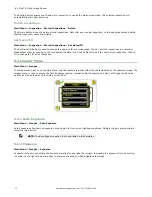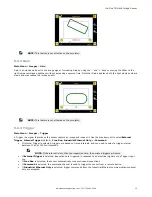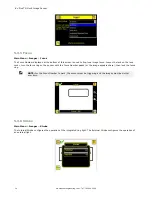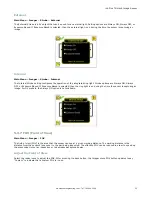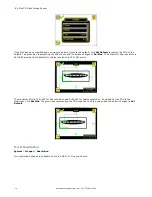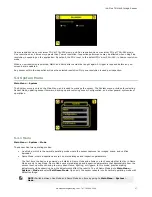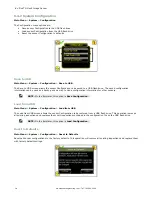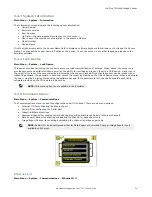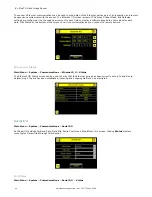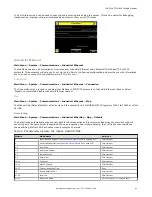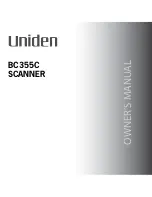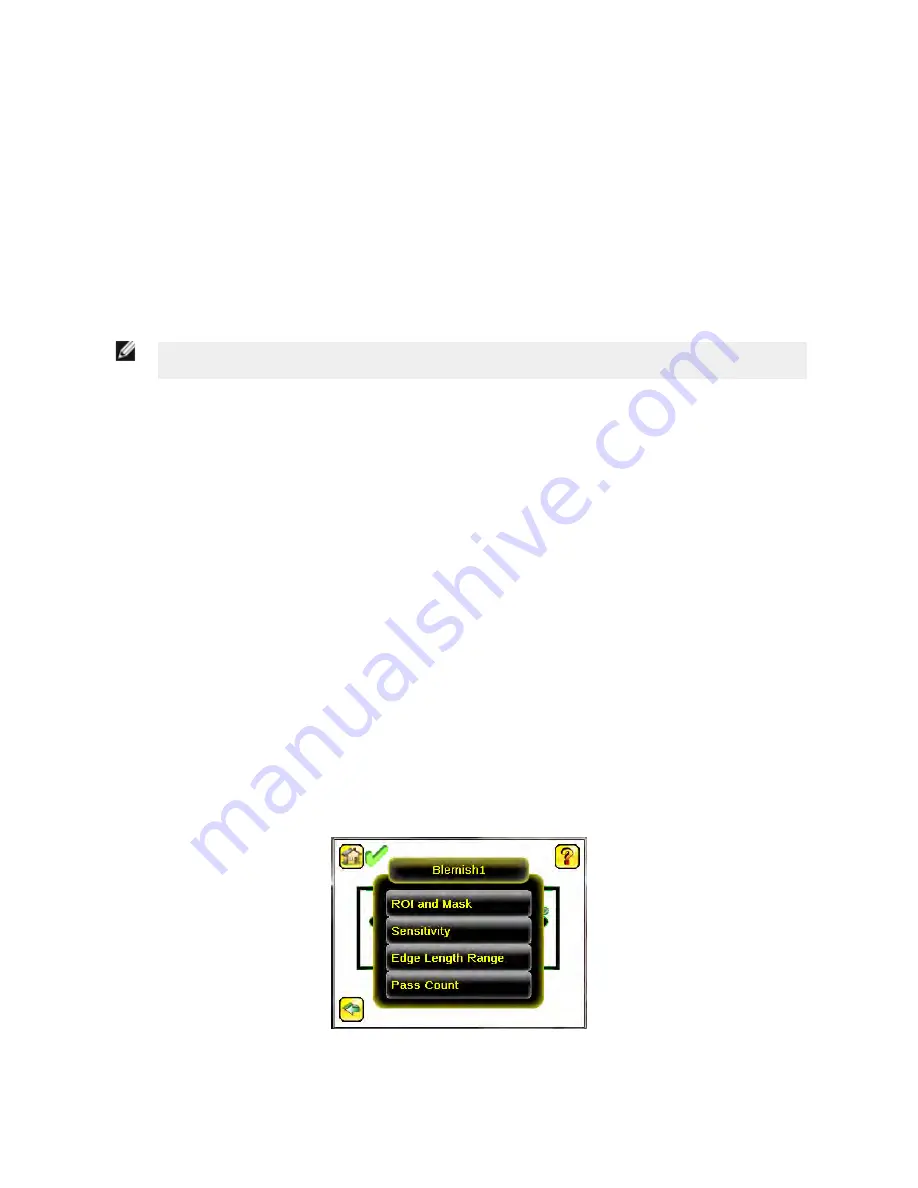
ROI and Mask
Main Menu > Inspection > Sensors > Area > ROI and Mask
The Region of Interest (ROI) is the user-defined area on the screen that the sensor will analyze. The ROI type can be
rectangular, elliptical, or circular. From the menu , select the ROI type to use for the inspection. Adjust the ROI as
appropriate for your inspection. An ROI can be as large as the entire Field of View (FOV).
Select the Enable Mask checkbox to allow mask ROIs to be used with the inspection ROI.
Intensity Range
Main Menu > Inspection > Sensors > Area > Intensity Range
Intensity Range is the range of gray scale values the sensor should look for. To set the Intensity Range, use the eye
dropper on the left of the screen to select the target feature, then use the slider bar at the bottom of the display to fine
tune the selection. As the slider bar is moved, green highlighted areas indicate objects the sensor finds.
NOTE: Objects that are colored yellow are found, but filtered out. This is because the objects fall
outside of the Area Range. See Area Range to adjust this setting.
Area Range
Main Menu > Inspection > Sensors > Area > Area Range
The Area Range is used to set the size limits of a feature of interest. Use the slider bar at the bottom of the display to
select the range. Areas are measured by counting pixels. For example, a rectangular feature that is 100 pixels wide by 200
pixels tall will have an area of roughly 20,000 pixels.
Pass Count
Main Menu > Inspection > Sensors > Area > Pass Count
The Minimum Pass Count is the minimum number of parts, labels, or features expected to fall within the specified criteria;
the Maximum Pass Count is the maximum number expected to fall within the specified criteria. These settings are used to
determine the pass or fail result of the inspection.
Blemish Menu
Main Menu > Inspection > Sensor > Blemish
When configured as a Blemish sensor, it can be used to find flaws on a part (for example, scratches on a disc). It can be
used to make sure the a feature exists on a part. Although this is more commonly an application for a sensor configured as
an Area sensor, a Blemish sensor may be a better option to find a feature when dealing with variable materials or uneven
lighting. Some sample applications include:
•
Inspections that check for scratches on a part, and reject parts where the scratches are too numerous or larger
than acceptable
•
Inspections that check for the presence of some label or marking on a part that may vary in color
To configure as a Blemish sensor, select the ROI type, and set the Sensitivity, Size Filter, and Pass Count.
iVu Plus TG Gen2 Image Sensor
26
www.bannerengineering.com - Tel: 763.544.3164






